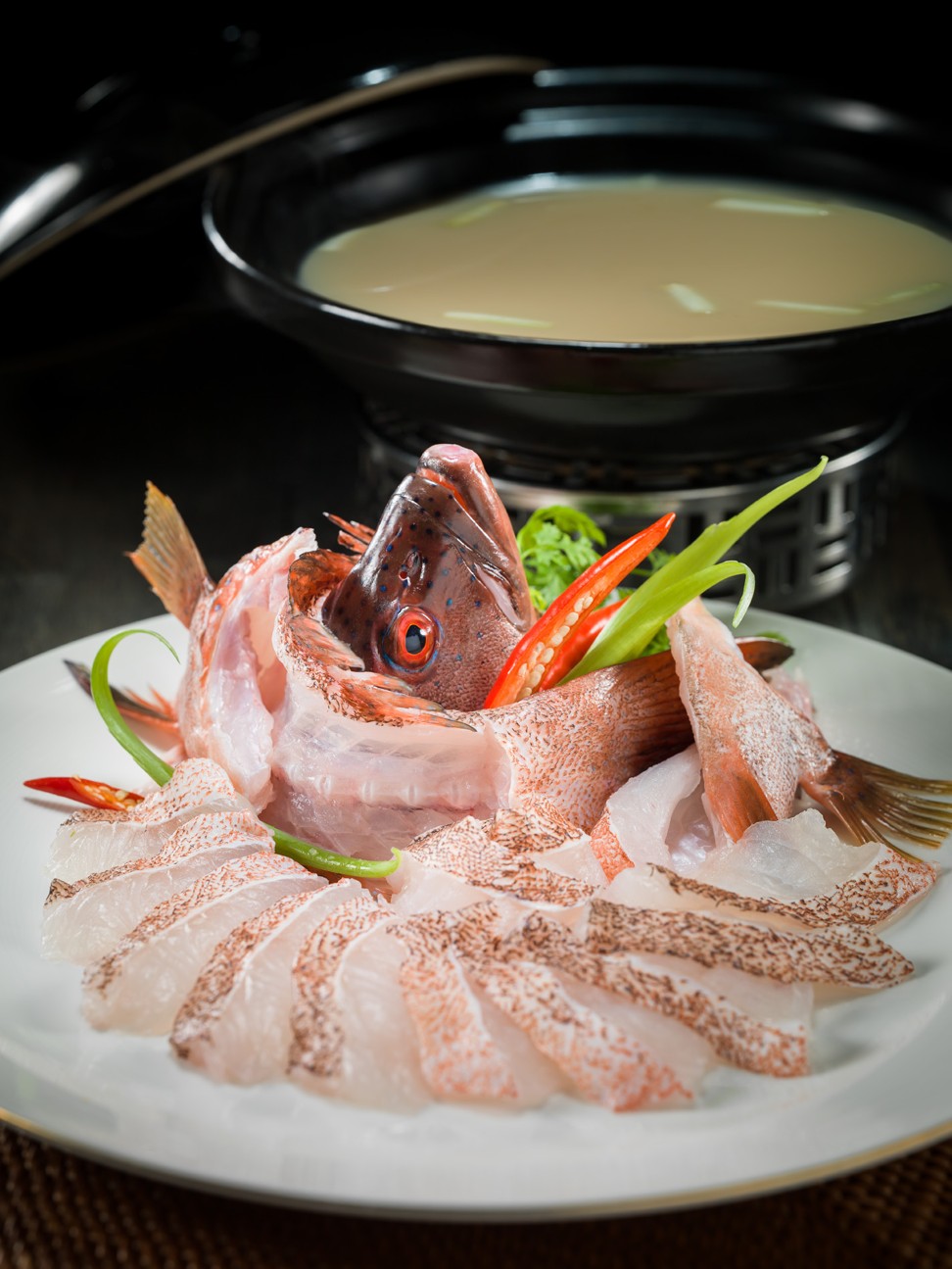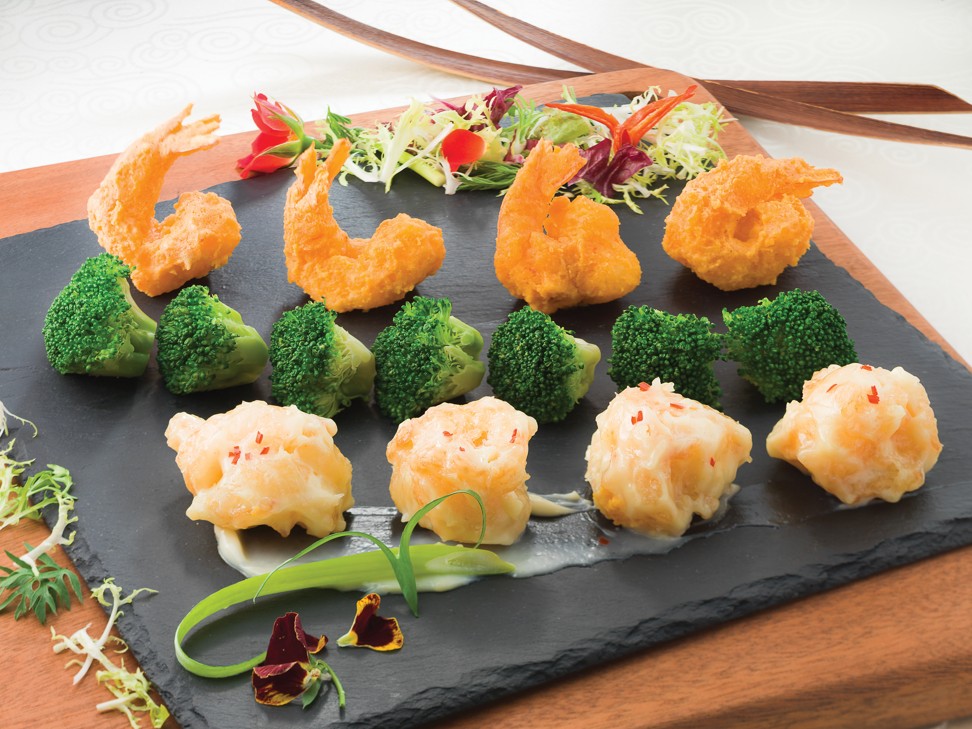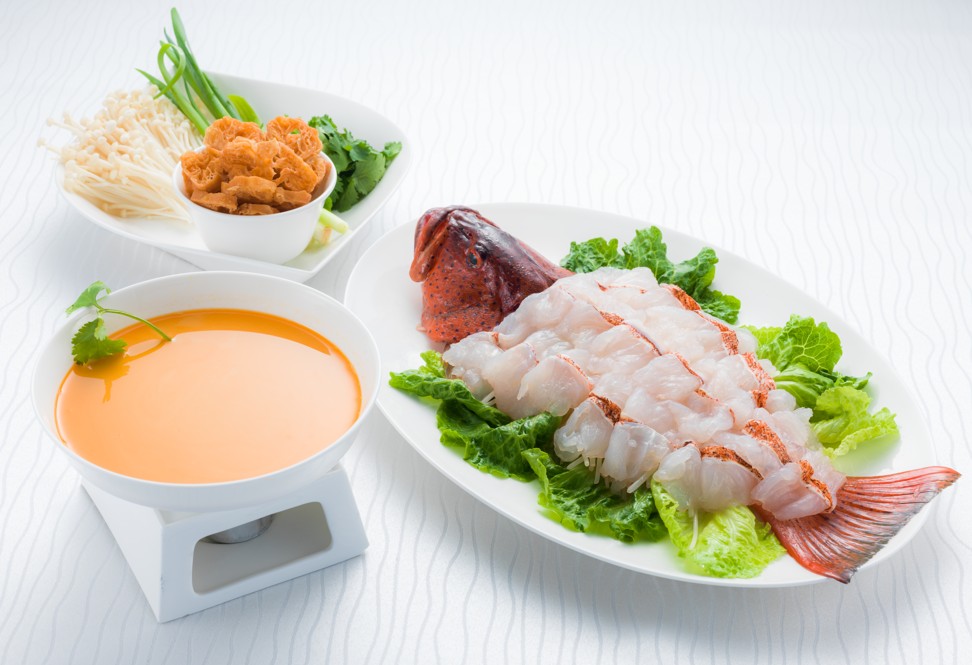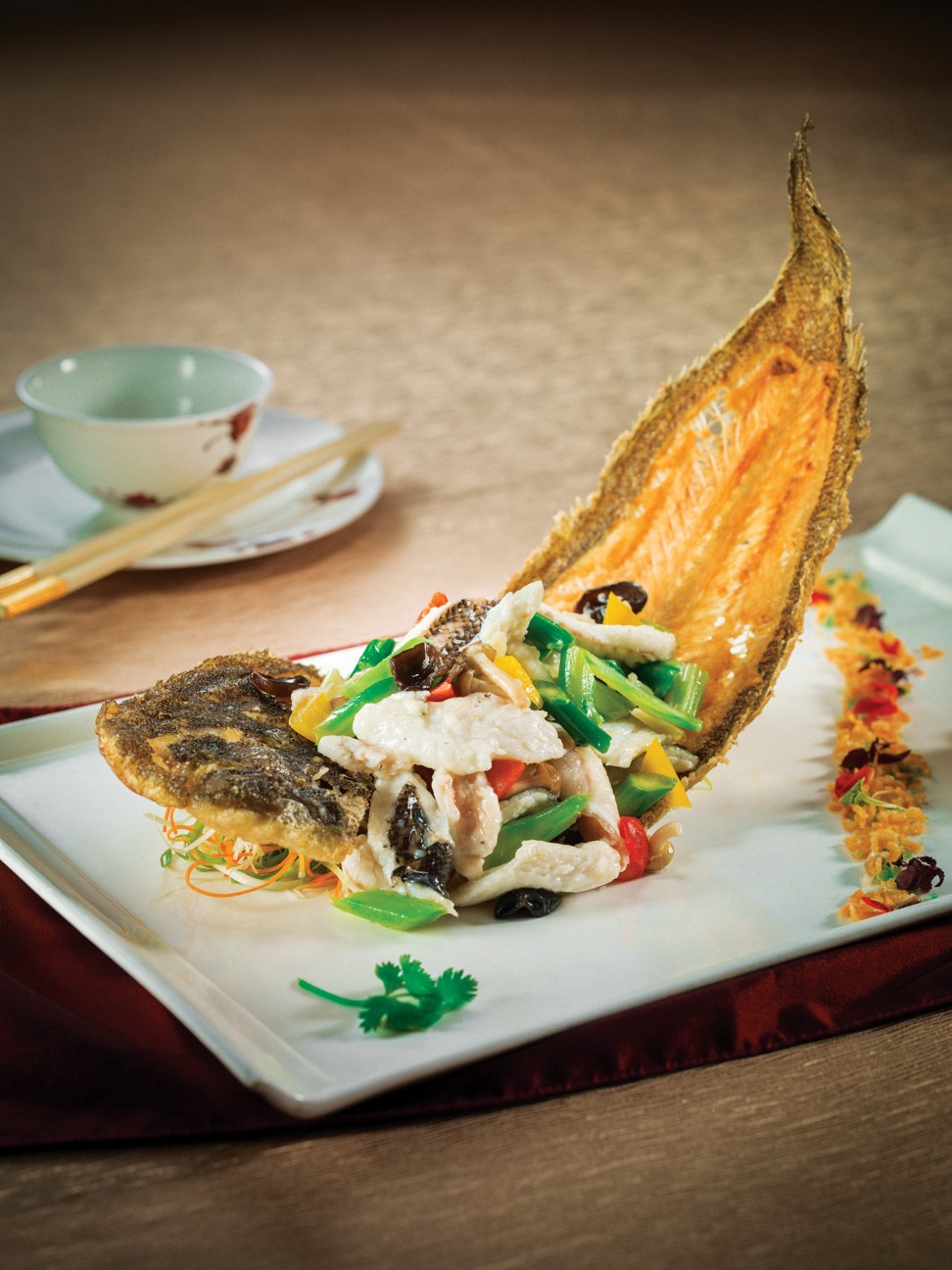The finest Chinese cuisine in Macau that you must try now
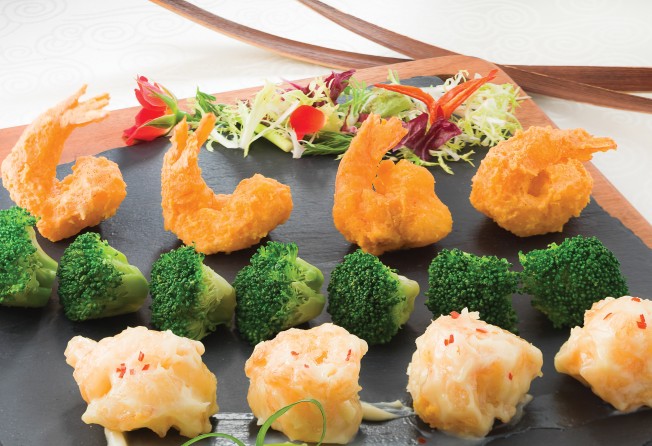
One of China’s most celebrated exports is its cuisine.
Superficially, most of the dishes that have come to represent Chinese cuisine worldwide – with Peking duck being an exception – are of Cantonese and Sichuanese origin.
Dim sum, probably the most globally recognised Chinese culinary concept, is Cantonese.
There are eight major regional cuisines in China: Cantonese (Yue), Sichuan (Chuan), Jiangsu (Su), Zhejiang (Zhe), Fujian (Min), Hunan (Xiang), Anhui (Hui) and Shandong (Lu).
This categorisation does not include cuisines from autonomous regions of ethnic minorities and can be further broken down into cuisines of smaller regions.
While Sichuanese food has captured an international audience for its signature fiery character, Cantonese cooking has garnered fanfare for its delicateness and versatility.
“Chinese cuisine is about ‘original juice and original flavour’, and it is about wok qi. Bringing out the essence of the ingredients is the ultimate goal,” says executive Chinese chef Lim Chuan Seng of Canton at The Venetian Macao.
Wok qi refers to cooking in a wok on high heat which, when combined with precise timing, brings out the ideal combination of taste and aroma from the ingredients.
Steaming is also another characteristic method used in Cantonese cuisine to preserve flavour.
“When you steam a fish, you keep the jus of the whole fish, and then add seasoning,” Lim says.
“Or when you prepare chicken in a claypot, you heat up the sesame oil and ginger, and you throw in the chopped chicken until the meat oozes out juice.”
It is a common practice to partially boil vegetables before stir-frying, but Lim does not believe in this method.
“If you blanch the vegetable, the natural sweetness is going to be leached,” he says.
“When I stir-fry, for example, Chinese lettuce, I like to simply put the wok on high heat, throw in some cracked garlic cloves, and then the vegetable.
If the ingredients are not good, you can’t make them good, no matter what you do
“When it’s almost done, I add a splash of Chinese wine to finish.”
Lim points to a dish from his restaurant’s à la carte menu, braised mud crab with glass noodles and black pepper, as an example of how he extracts flavours from ingredients.
“I have the crab deep-fried until it’s half-cooked, then I place it into the pot with the glass noodles, enoki mushrooms, scallion and ginger, add in a bit of water, oyster sauce, soy sauce and seasoning, and braise the mix until the noodles are softened and have absorbed the flavour from the crab,” he says.
“We then crack the claws of the crab and it’s ready to be served.”
Cantonese cuisine’s emphasis on ingredients is likely to do with its favourable location.
Guangzhou, or Canton as it used to be known, is located at the junction of the Pearl River Delta and the South China Sea, and food can be harvested from both freshwater and marine environments.
Its temperate climate, with distinct seasons, allows a wide variety of produce to be farmed, but Lim admits the prevalence of industrial agriculture has made sourcing quality ingredients more difficult.
“If the ingredients are not good, you can’t make them good, no matter what you do,” he says.
“We source organic produce the best we can, and we also prefer free-range chicken, as the meat is smoother.
“We also make sure suppliers have certifications for all the ingredients.”
Even with something as simple as choy sum , Lim goes for the best.
He uses chi choy sum, which is grown in the fertile Pearl River Delta soil and is known for its crisp peel, tender flesh and natural sweetness.
Cantonese cuisine adapts to the times and renews itself. It is rich in variety, and it emphasises original flavours and clean tastes
For the char siu (honey glazed roast pork), the restaurant uses Iberico pork from Spain.
“The boars are fed fruit and they have enough exercise,” he says.
“The meat does not have excessive fat in it.”
More sophisticated transport and food storage have opened up a new world for sourcing ingredients. But experimenting with foodstuffs from around the world is nothing new to Cantonese cuisine.
Archaeological evidence suggests that as far back as third century BC, Panyu, the former name of the area that is now part of Guangzhou, already had visitors from Southeast Asia, India and Africa.
For centuries afterwards, the area was frequently fought over for its strategic location and during much of the Qing dynasty (1644–1911) it was the only port in China open to foreign trade.
As a result, Cantonese cuisine has never been afraid of adopting outside influences.
“Cantonese cuisine adapts to the times and renews itself,” says executive Chinese chef Yap Poh Weng of Dynasty 8 at Sands Cotai Central.
“It is rich in variety, and it emphasises original flavours and clean tastes.”
Take a look at the restaurant menu and you will find ingredients not typically found in Cantonese dishes.
One that stands out is braised beef brisket with coffee sauce.
“The recipe is just like ribs with herbs, the only change here is the sauce,” Yap says.
“Beef ribs are heavy in fat, and the coffee balances it out. When you eat the beef, you can taste the astringent sweetness, and then it becomes more than just sweet. There are layers to the flavour.”
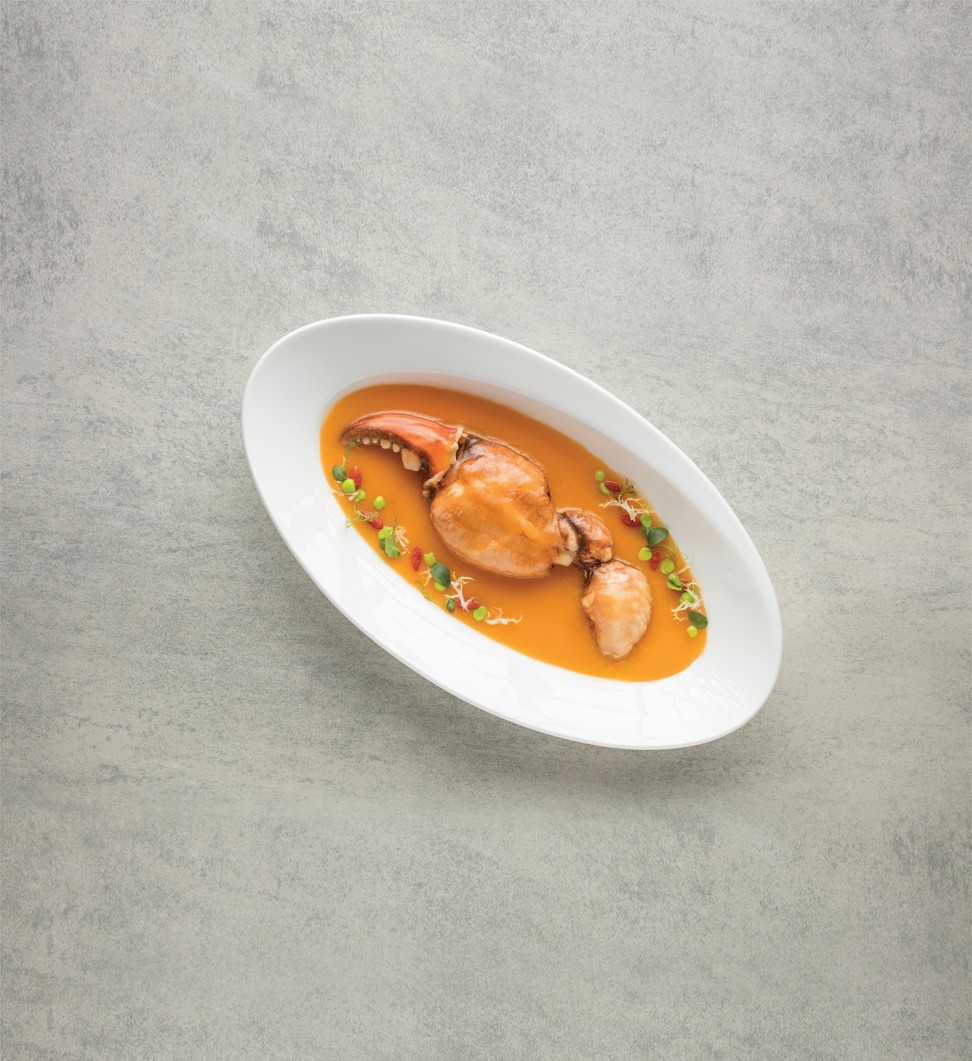
The Japanese may have given the concept international attention, but the Cantonese have long put it into practice in their cooking.
The use of superior broth, usually made of chicken, pork and Yunnan ham, is a case in point.
It is often used as the base for sauces, and is also used for blanching vegetables.
The savouriness stimulates the taste buds and makes them more open to different flavours.
Yap has taken it a step further by using different broth recipes.
“I use superior broth for meat dishes, and it does highlight the ingredients and take them to another level,” he says. “But using just one broth is a little dull.”
Yap also uses a fish broth and a seafood broth made from grass shrimp. The crustaceans are freshly sourced every day, and they are pan-fried, crushed, and pan-fried again before being boiled in mineral water to extract flavour.
The shrimp are then taken out from the reduction, pan-fried again, and thrown back into the mix for further extraction. This process has to be done three times before all the flavour in the shrimp is extracted.
“The seafood broth is good for lobster and shrimp dishes, while the fish broth, which is quite smooth, complements crab well.”
Poached red grouper in shrimp broth umami hotpot is also a signature dish of Dynasty 8.
Live seafood, from Canadian geoduck, marble goby and Macao sole to lobster, mantis prawn and green and red crab can be prepared in a range of methods.
Fish can be steamed in traditional style, deep-fried with premium dark soy, steamed with Shaoxing wine and chicken broth, or braised with oyster sauce.
Seafood such as lobster, mantis prawns and green or red crab can be steamed with yellow wine and egg white, sautéed with ginger and spring onion, stir-fried with chilli and garlic, or baked with consommé and Parmesan cheese.
As the capital of Guangdong province, Guangzhou has also attracted migrants of nearby cities and towns, many of which bring their own culinary nuances.
One of the better known among them is Shunde, formerly a city, but made a district of Foshan in 2003. It is famed for its fish farming, and one of the few locales in China where there is a tradition of consuming dairy.
The double-skin milk pudding is one of the more famous dairy dishes with origins in Shunde, or more specifically from the subdistrict of Daliang.
It is a dessert made of milk, egg whites and sugar, similar to a Cantonese take on panna cotta except it is served in a bowl and characterised by layers of lactoderm on top.
The most unmistakable Cantonese way of consuming dairy has to be stir-fried milk, typically prepared with seafood.
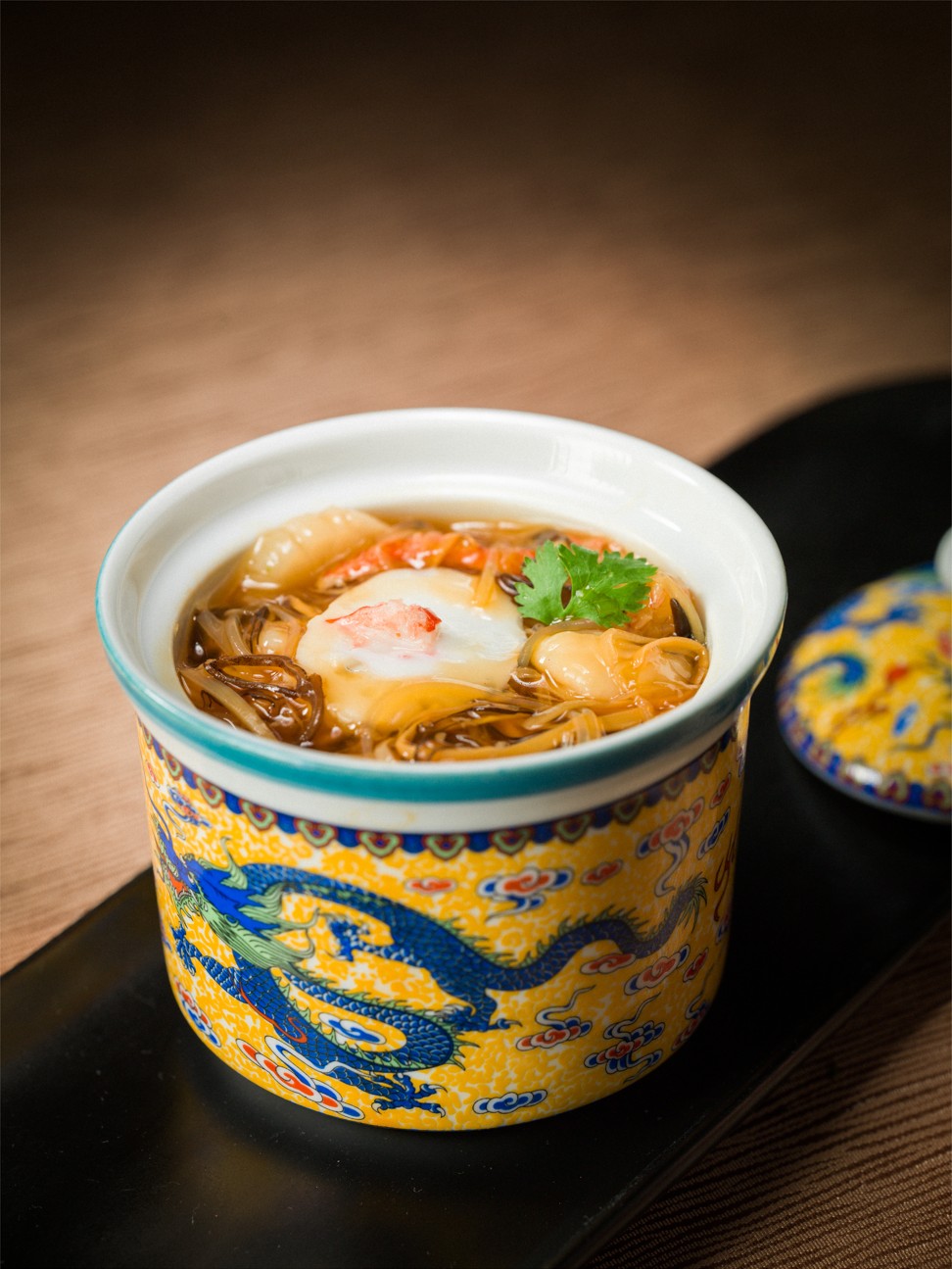
A sprinkling of gold flakes gives an opulent touch.
The velvety milk and egg white curd, lightly seasoned, highlights the crispness of the fresh prawns and the firmness of the scallops, while the slightly crunchy bird’s nest, other than its believed nutritional value, adds a layer to the experience.
“The trick of this dish is to get the proportion between the milk and the egg white right,” Lee says.
“We also use Hokkaido 3.6 Milk, which is smooth and has the right degree of creaminess.”
Another dish from the menu, baked chicken in rock salt, has a Hakka origin.
Salt-baked chicken, it is thought, was invented by the Hakka people (literally “guest people”) as a way to preserve meat on their long journeys to new homes.
The poultry is slow-baked while buried in a vessel of salt.
Traditionally the chicken is served with soft skin, but the version served at Gold Court has crispy skin, making the experience feel even more indulgent.
[The dish Macau sole] is about getting the oil’s temperature and the cooking time right. It cannot be rushed. From the moment we take the fish out of the tank to when it’s served, takes 30 to 40 minutes
Lee says that the chicken is sourced from a farm in Weizhou and delivered fresh every day.
Each bird cannot be more than 45 days old and has to weigh from 1.2kg to 1.5kg, otherwise the meat becomes tough and has too much fat to achieve the wafer-thin crispy skin.
“I have visited the farm,” he says. “The chickens are free range and fed on corn and organic vegetables.”
Golden Court has also adopted a popular local ingredient: Macao sole.
The fish is a coastal and estuarine species, and is harvested in the brackish water near the city. Feeding on invertebrates from the sand beds, it has very tender and sweet meat, which Lee sautées with asparagus and red bell pepper.
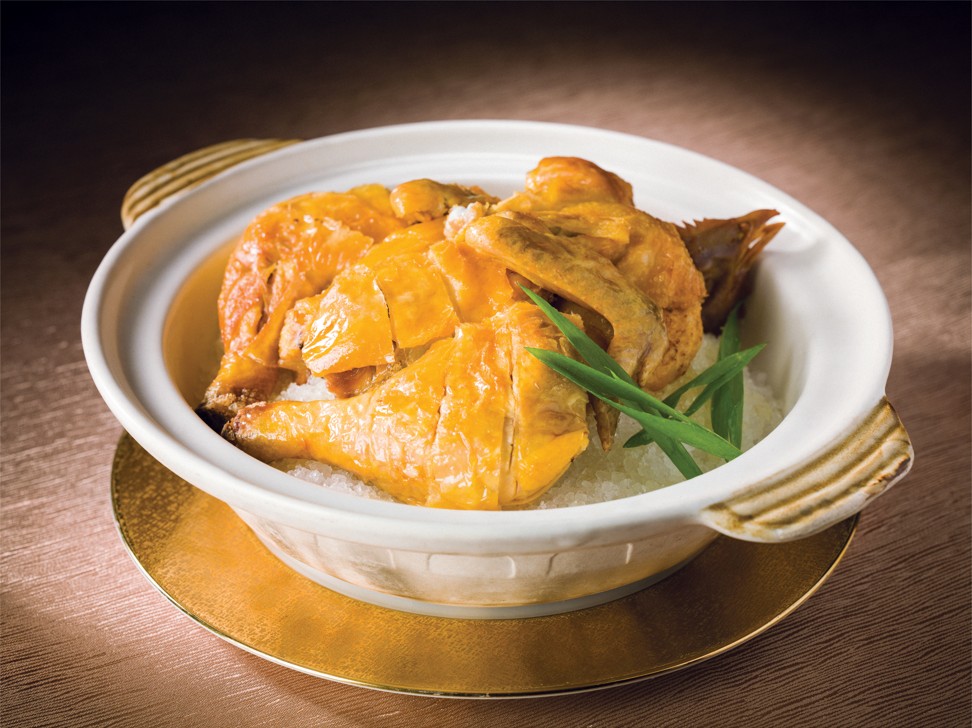
As diners are almost done with the stir-fried chunks of fish, a waiter will approach and offer to cut the tail into bite sizes.
The fish bones have been softened and made edible by the deep-frying, the skin has become crispy but the natural fat of the fish ensures that the thin layer of meat inside remains soft and smooth.
“This dish is about getting the oil’s temperature and the cooking time right,” Lee says.
“It cannot be rushed. From the moment we take the fish out of the tank to when it’s served to the table, it takes 30 to 40 minutes.”
The tail has to be held up and dipped into the oil, which is heated to 120 degrees Celsius (248 degrees Farenheit).
When sufficient moisture has evaporated and the tail hardens – usually after about five minutes – it can be let go and be deep-fried for another 15 minutes before serving.
Lee uses flower petals to decorate his creations, and says quite a lot of time is spent picking those that are both nice to look at and edible.
“In Cantonese cuisine, you have the belief that the ultimate dish has to possess ‘colour, aroma and taste’,” he says.
“If a dish doesn’t look nice, it won’t whet your appetite.”
